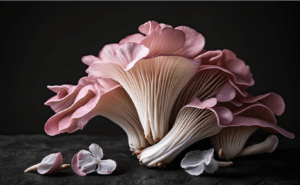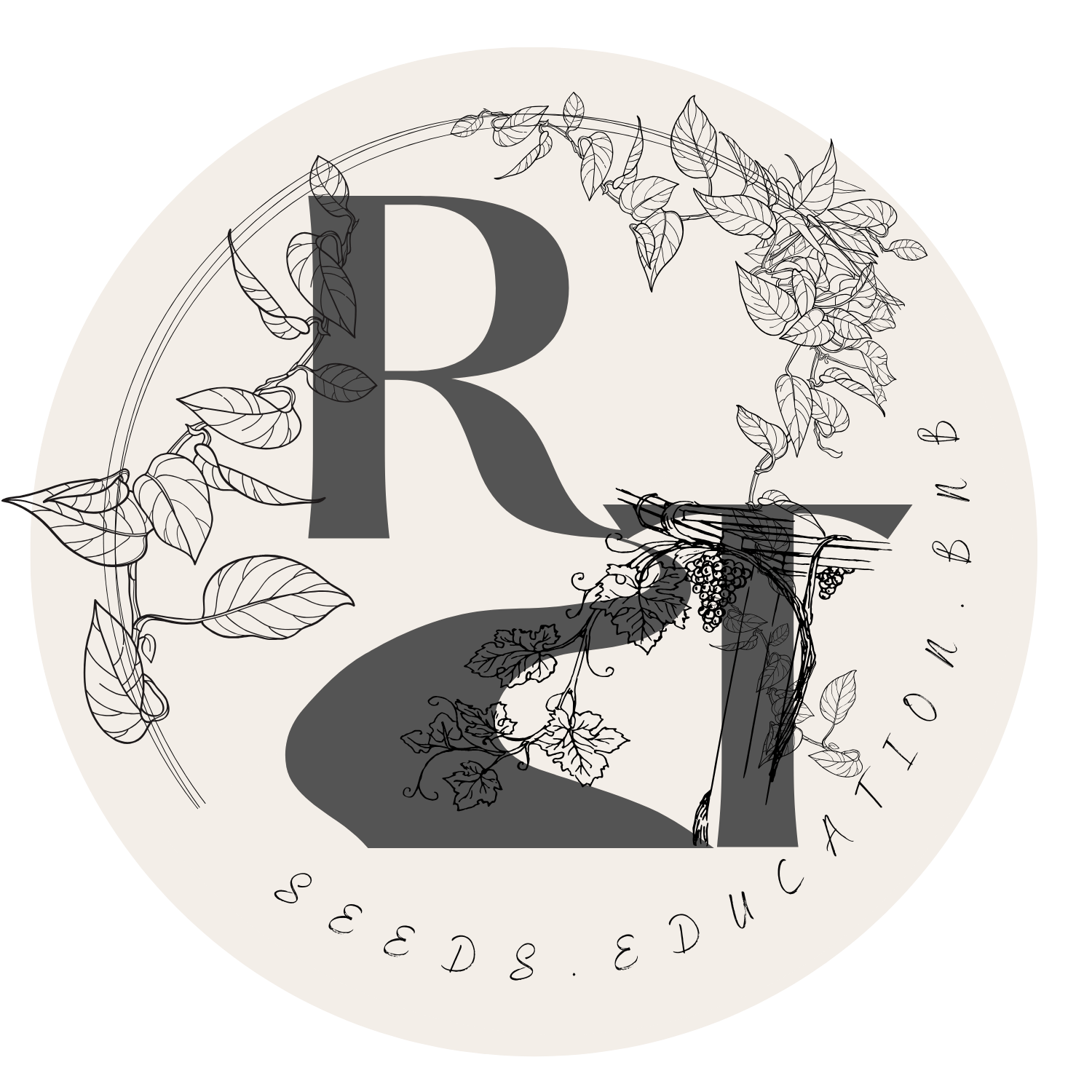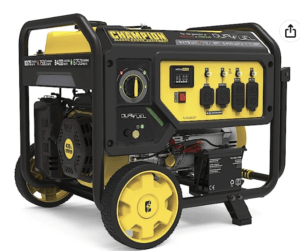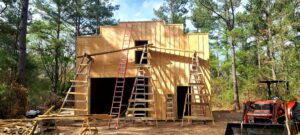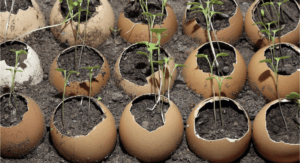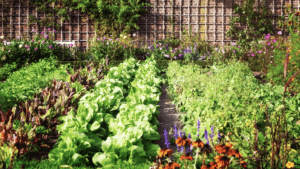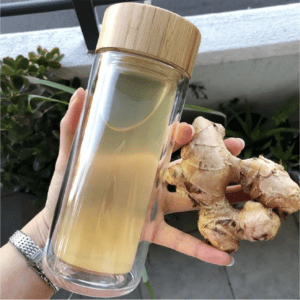When is the best time to plant seeds? According to Farmer’s Almanac, the below chart is the best time for you to plant specific plants: Seed Where to Start When To Start Artichoke Inside 8-12 weeks before last frost Arugula Outside Early spring Asian greens Outside Early spring Asparagus Inside 12-14 weeks before transplant date Bean, bush Outside Soil temperature 60 degrees Bean, dry Outside Soil temperature 60 degrees Bean, fava Outside As soon as the soil can be worked Bean, fresh shell Outside After last frost date Bean, lima Outside Soil temperature 75 degrees Bean, pole Outside Soil temperature 60 degrees Bean, soy Outside After last frost date Beet Outside Minimum soil temperature 45 degrees Broccoli Inside 3-4 weeks before transplant date Broccoli raab Inside 3-4 weeks before transplant date Brussels sprout Inside In May, ready to transplant in 4-6 weeks Burdock Outside Anytime in spring Cabbage Inside 4-6 weeks before transplant date Chinese Cabbage Inside 3-5 weeks before last frost Cardoon Inside 6-8 weeks before last frost Carrot Outside Minimum soil temperature 40 degrees Cauliflower Inside 4-6 weeks before transplant date Celery Inside 10-12 weeks before transplant date Celeriac Inside 10-12 weeks before transplant date Collards Outside Early spring Corn, broom Outside After last frost date Corn, dent Outside Soil temperature 60 degrees Corn, ornamental Outside Soil temperature 60 degrees Corn, popcorn Outside Soil temperature 60 degrees Corn, sweet Outside Soil temperature 65 degrees Cucumber Inside/Outside 3-4 weeks before transplant date/Soil temperature 70 degrees Eggplant Inside 6-8 weeks before transplant date Endive/Escarole Inside 3-4 weeks before transplant date Gourd Outside Soil temperature 70 degrees Kale Outside Early spring Kohlrabi Outside Early spring Leeks Inside Start February/March for late spring Lettuce Outside As early as possible Melon Inside 4 weeks before transplant date Mustard Outside Early spring Okra Inside/Outside 4-5 weeks before transplant date/Soil temperature 70 degrees Pac choi Outside Early spring Parsnip Outside Early spring Onion Inside/Outside 10-12 weeks before transplant date Pea Outside As soon as soil can be worked Pepper Inside 8 weeks before transplant date Potato Outside Early to midspring Pumpkin Outside Soil temperature 70 degrees Radicchio Inside 3-4 weeks before transplant date Radish Outside As soon as soil can be worked Sorrel Outside Early spring Spinach Outside As soon as soil can be worked Squash, summer Outside Soil temperature 60 degrees Squash, winter Outside Soil temperature 60 degrees Swiss chard Outside As soon as soil can be worked Tomatillo Inside 4-5 weeks before transplant date Tomato Inside 5-6 weeks before transplant date Turnip/Rutabaga Outside Early spring Watermelon Inside/Outside 1 month before transplant date/Soil temperature 70 degrees
